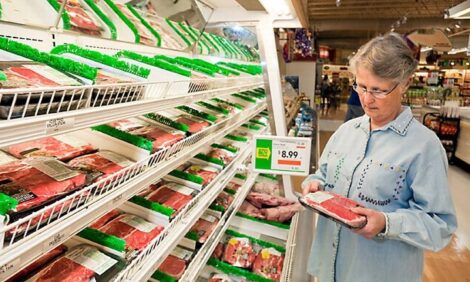



Rising Economic Growth in China, India Contributes to Food 'Inflation'
US - Dramatic economic growth in China and India has lifted millions of their citizens out of poverty and improved living standards. Such success, however, has some far-reaching consequences, writes Naomi Martig at VOA's Asia News Center in Hong Kong. |
| A woman shops at a local grocery stall, in Beijing, China |
The amount of food needed to meet the needs of wealthier populations contributes to volatile global agricultural prices.
The streets of Hong Kong's outdoor food markets bustle as shoppers look for fresh produce and meat. Vegetables and fruit are piled on tables, and pork and poultry hang from sharp hooks along storefronts.
Wong Loi has sold pork and poultry for more than 20 years.
She says that earlier this year, it became difficult to make a decent week's living. Wong was among many caught off guard in late May by a steep increase in prices for pork imported from China.
Pork supplies dwindled after an outbreak of blue ear disease, a virus that can be deadly in pigs. But the increase in the cost of pork, a staple of the Chinese diet, was also due to rising demand from China's expanding middle class.
Rising economic growth in some developing nations, particularly China and India, has brought about massive change in the global food market. Both countries have more than a billion people and in both, hundreds of millions have been lifted out of poverty in the past few decades. That means they now can afford to eat not just more food, but more imported food.








